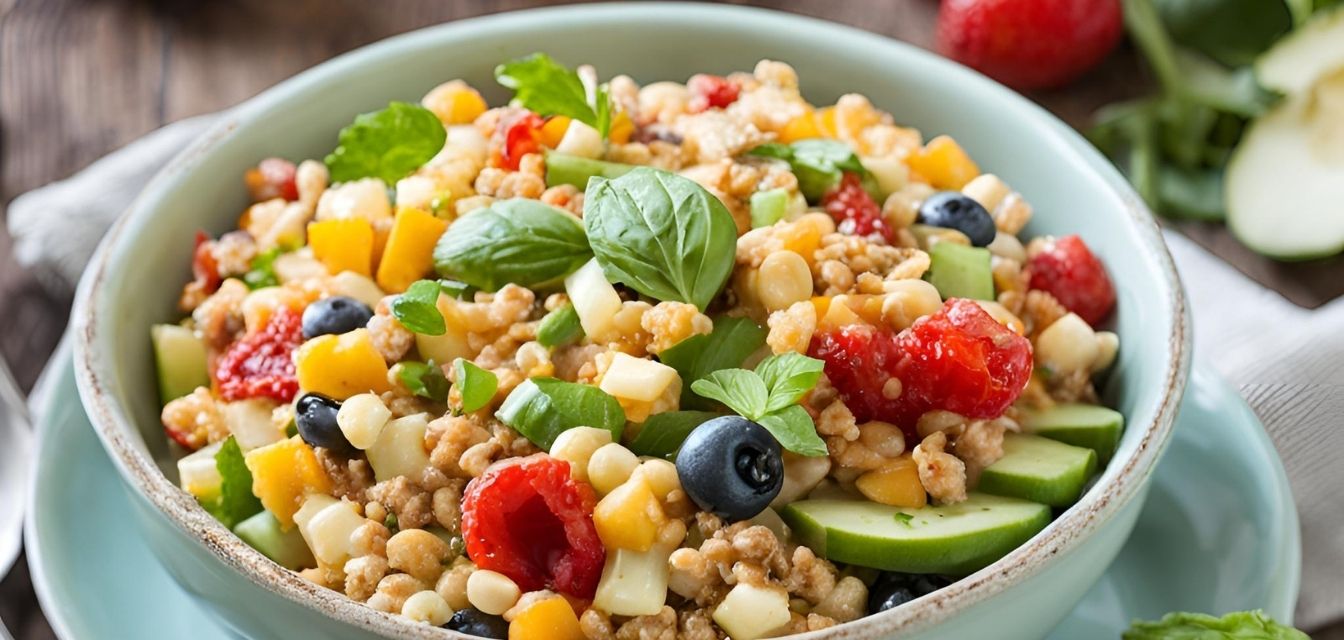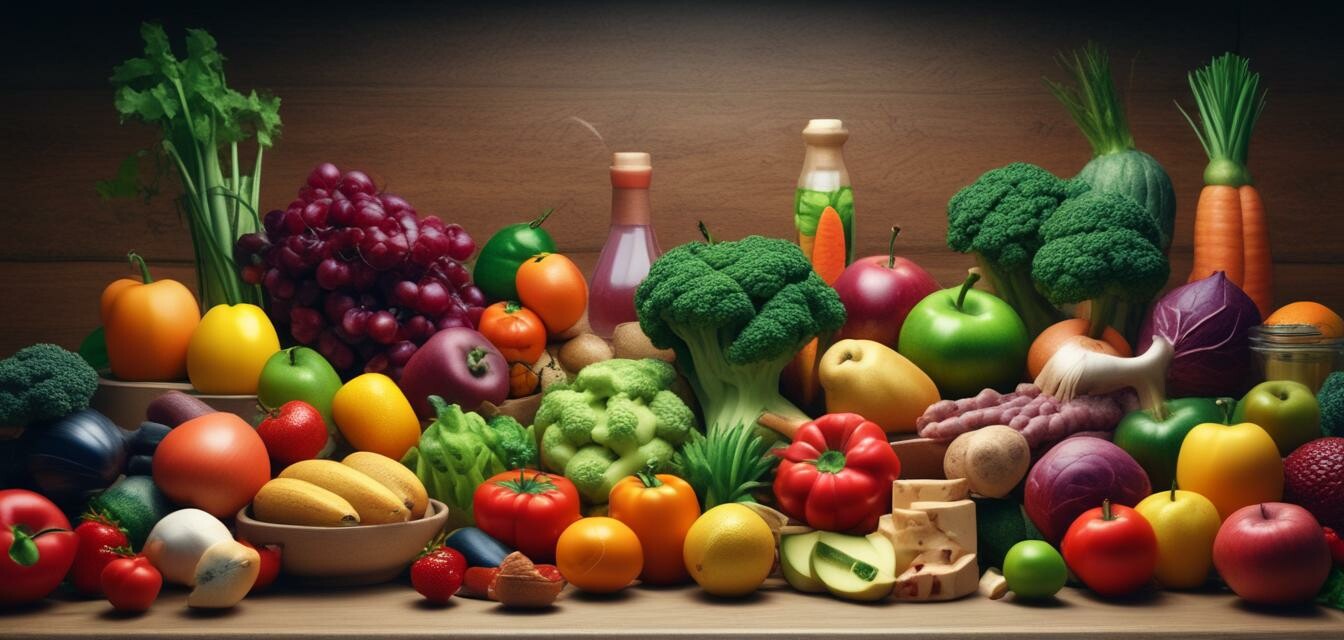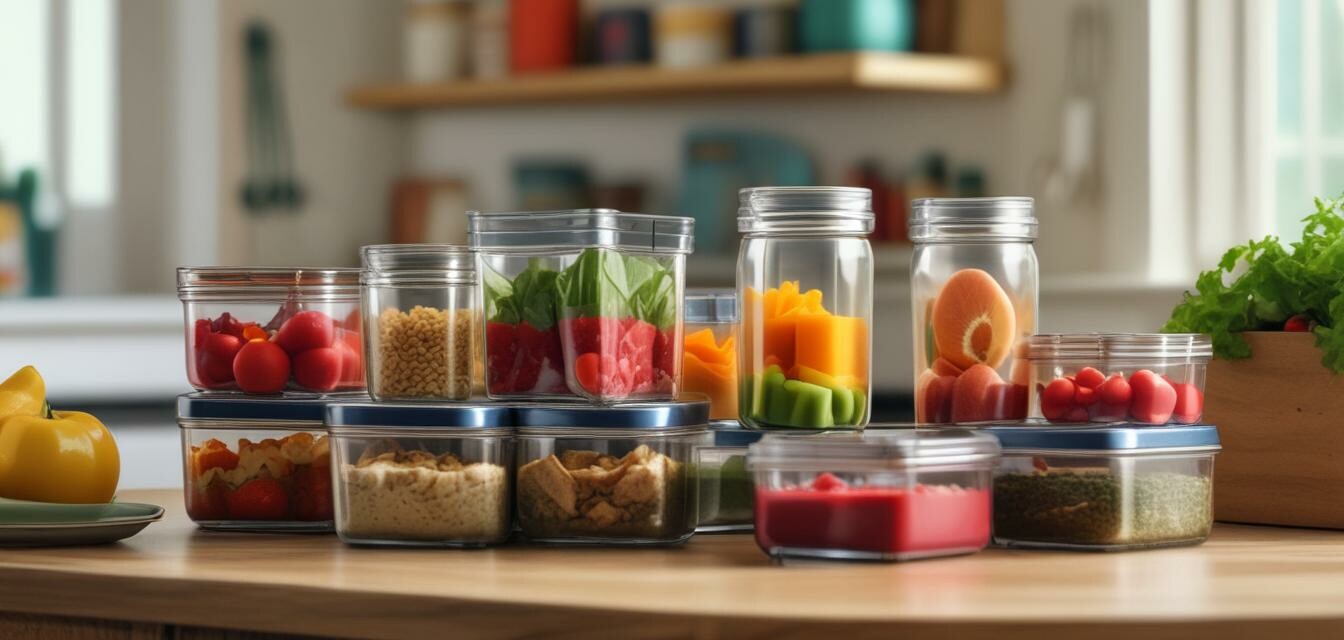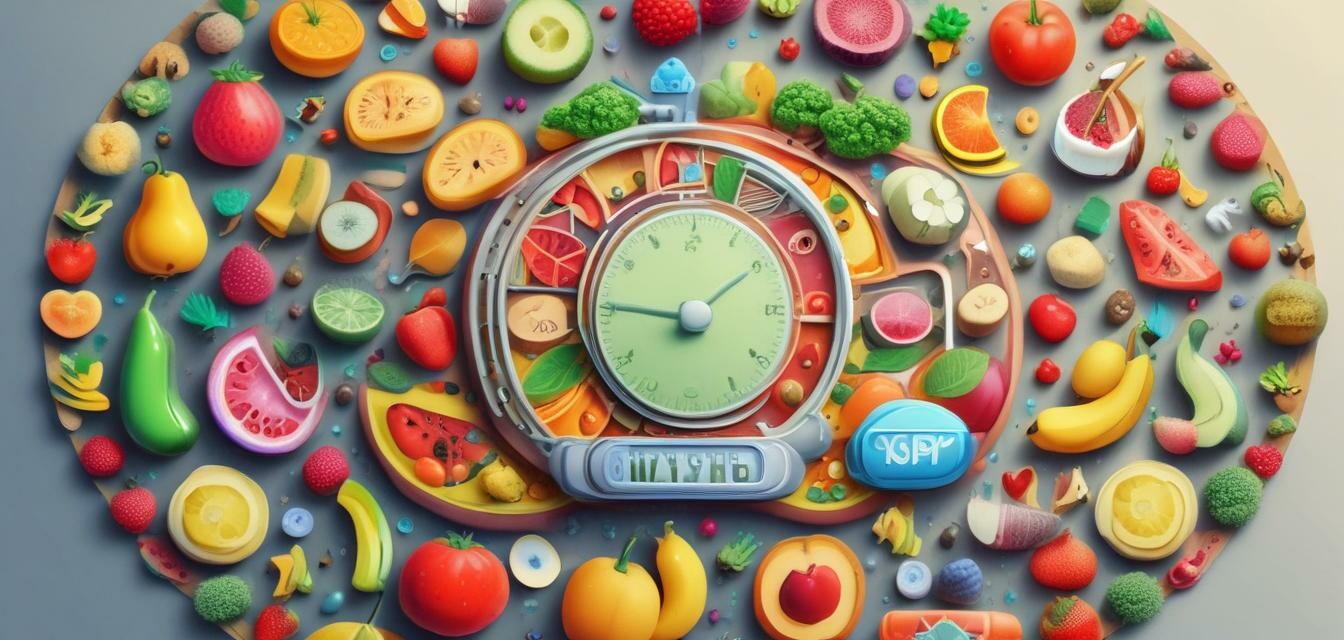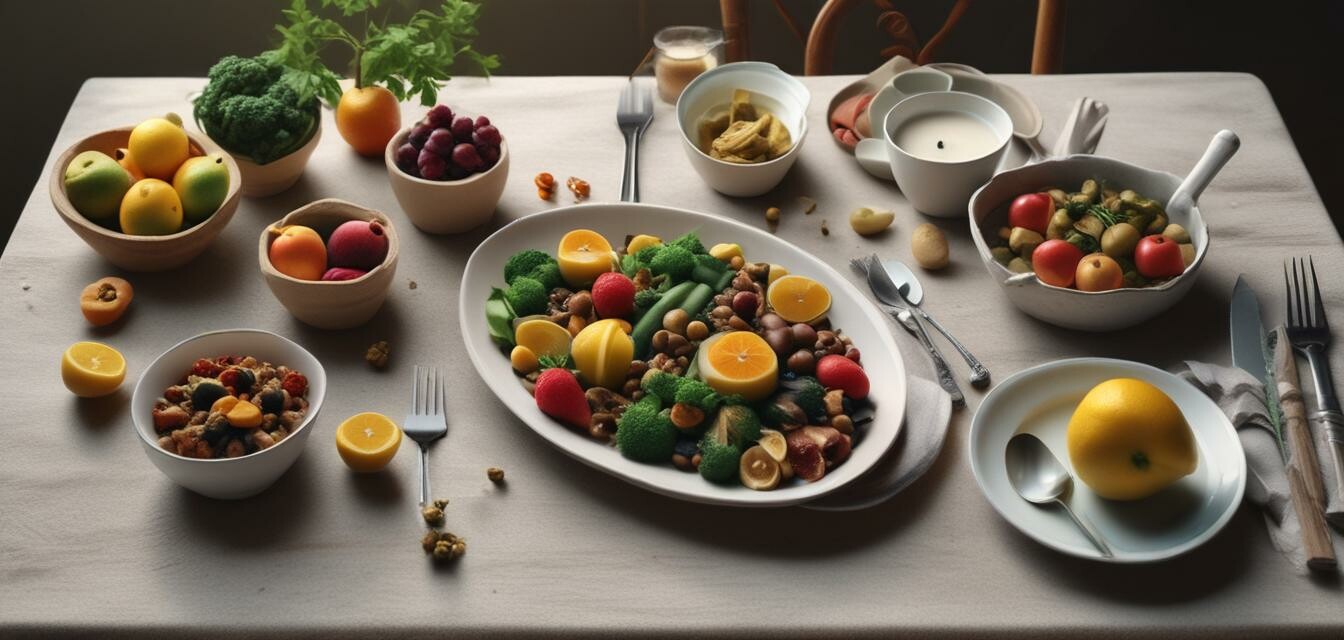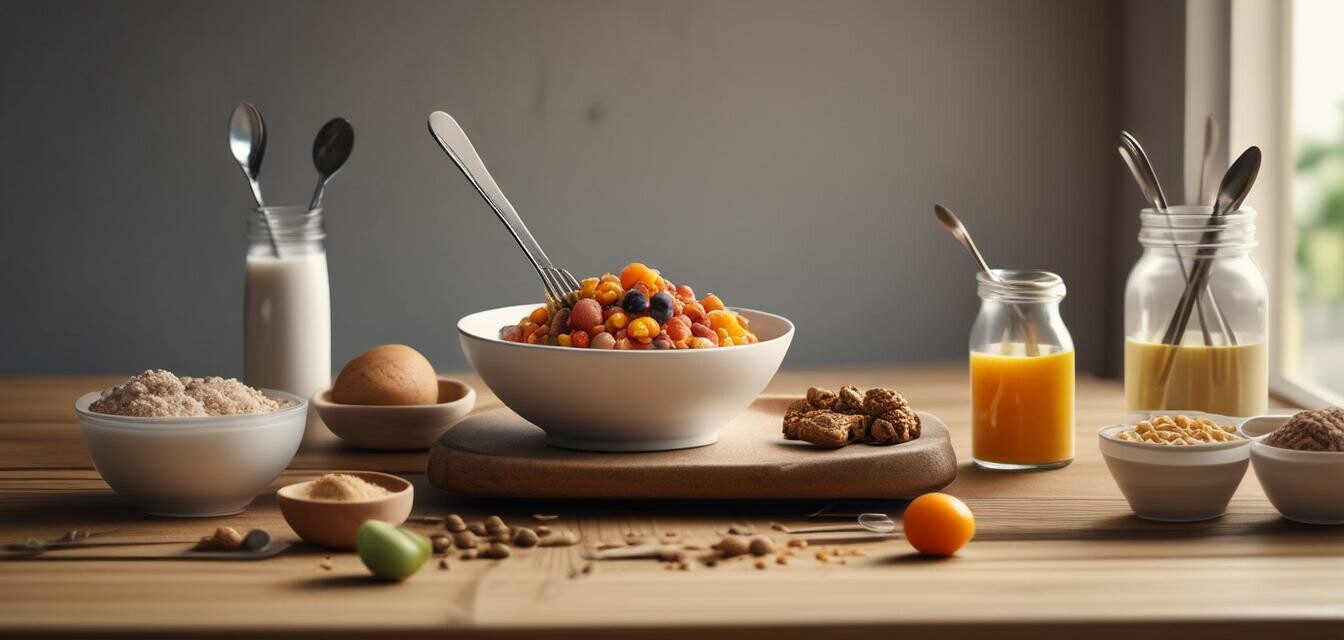
Managing Portion Sizes: A Key to Easy Weight Loss
Understanding and controlling portion sizes is a crucial aspect of achieving easy weight loss. Eating the right amount of food can help you maintain a healthy weight, improve overall health, and increase energy levels. In this article, we'll discuss the importance of managing portion sizes, how to measure them accurately, and provide strategies for controlling portion sizes to support your weight loss journey.
Key Takeaways
- Understanding serving sizes and recommended daily intake is essential for managing portion sizes.
- Measuring cups, spoons, and a food scale can help you measure food accurately.
- Eat slowly, avoid distractions while eating, and stop when satisfied to control portion sizes.
Why Portion Control Matters
Portion control is essential for weight loss because it helps you maintain a healthy calorie intake. Eating large portions can lead to consuming more calories than your body needs, resulting in weight gain. On the other hand, eating small portions can lead to nutrient deficiencies if you're not getting enough food. By managing portion sizes, you can ensure you're getting the right amount of nutrients and calories for your body.
Understanding Serving Sizes
Serving sizes are standardized measures of food that help you understand how much you should be eating. The United States Department of Agriculture (USDA) provides serving size guidelines for various food groups. Here's a breakdown of the serving sizes for common food groups:
| Food Group | Serving Size | Recommended Daily Intake |
|---|---|---|
| Fruits | 1 medium fruit or 1/2 cup fresh, frozen, or canned fruit | 2 cups |
| Vegetables | 1 cup raw or 1/2 cup cooked vegetables | 2.5 cups |
| Protein | 2-3 ounces or about the size of a deck of cards | 5.5 ounces |
| Grains | 1 slice bread, 1/2 cup cooked rice or pasta, or 1 ounce dry cereal | 6 ounces |
| Dairy | 1 cup milk or yogurt, or 1.5 ounces natural cheese | 3 cups |
Measuring Food Accurately
To measure food accurately, you'll need measuring cups, spoons, and a food scale. Here are some tips for using these tools:
- Use a digital food scale to measure food in grams or ounces.
- Use measuring cups to measure dry ingredients like rice, pasta, and cereal.
- Use measuring spoons to measure ingredients like oils, spices, and condiments.
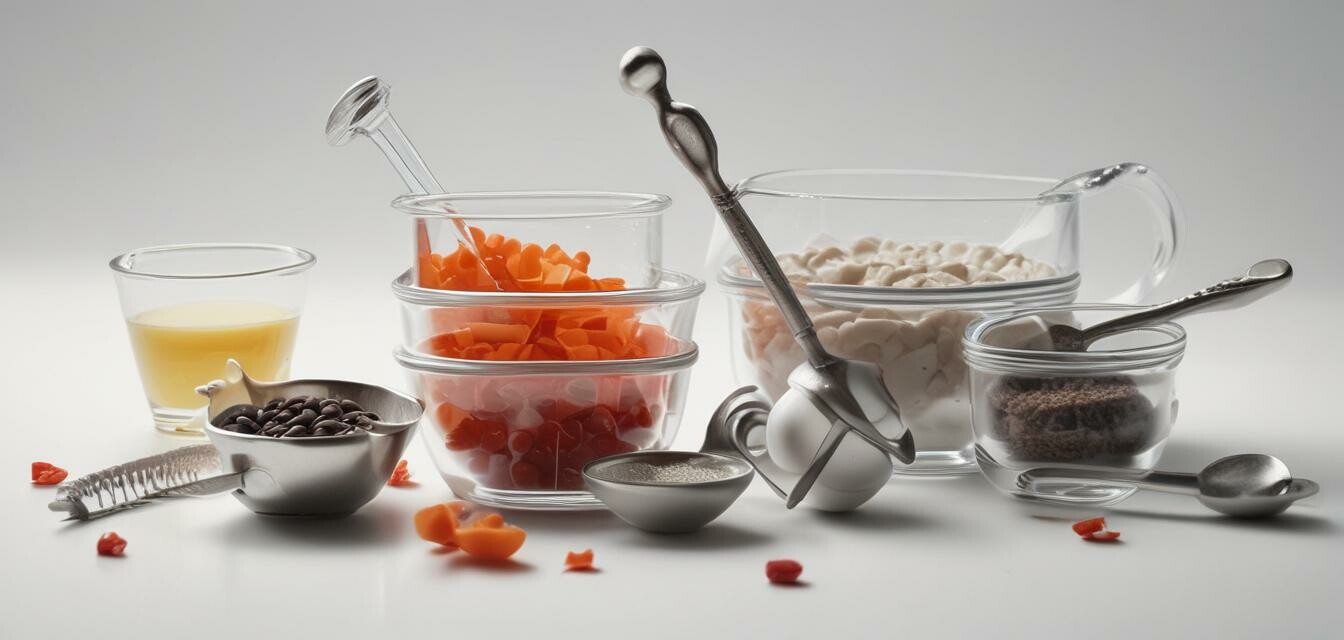
Strategies for Controlling Portion Sizes
Here are some strategies to help you control portion sizes:
- Eat slowly and mindfully to avoid overeating.
- Avoid distractions while eating, like watching TV or scrolling through your phone.
- Stop eating when you feel satisfied, rather than stuffed.
- Use smaller plates to visually reduce portion sizes.
- Plan your meals in advance to avoid last-minute, high-calorie choices.
Tips for Eating Out
Eating out can be challenging when it comes to managing portion sizes. Here are some tips to help you make healthy choices:
- Choose restaurants that offer healthy, portion-controlled options.
- Avoid all-you-can-eat buffets and opt for single servings instead.
- Ask your server for a to-go box and pack half your meal for later.
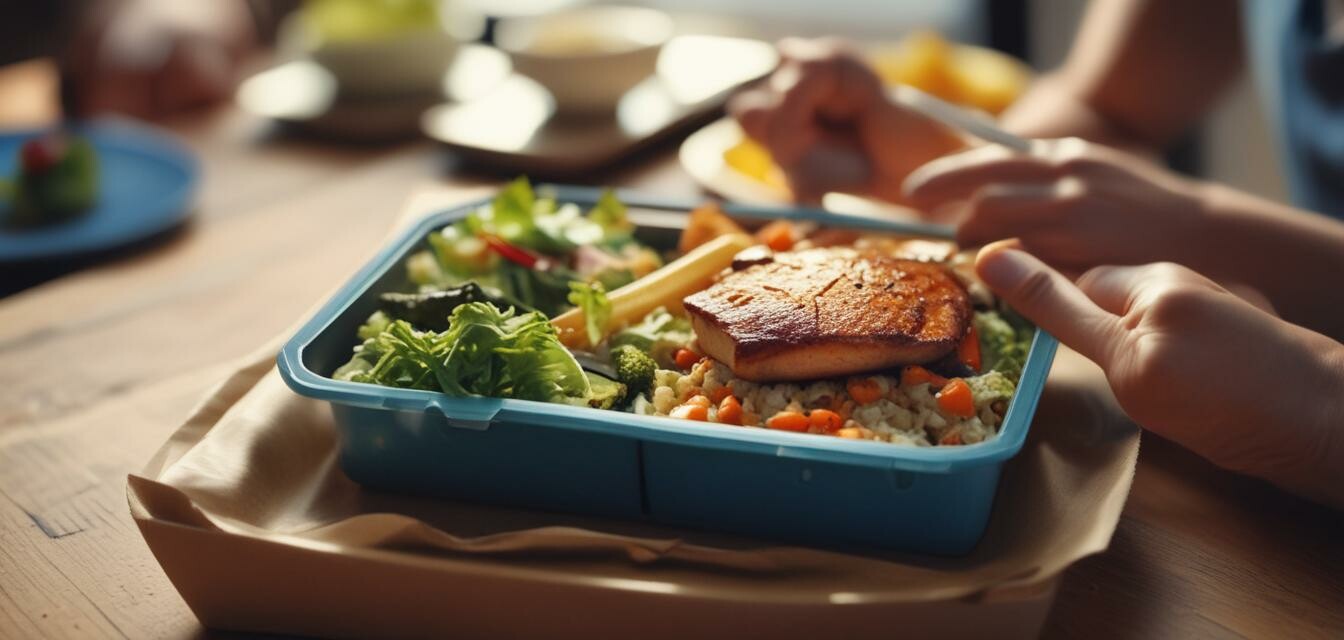
Conclusion
Managing portion sizes is a crucial aspect of achieving easy weight loss. By understanding serving sizes, measuring food accurately, and using strategies to control portion sizes, you can ensure you're getting the right amount of nutrients and calories for your body. Remember to eat slowly, avoid distractions, and stop when satisfied to maintain a healthy weight.
Benefits of Managing Portion Sizes
- Supports weight loss and maintenance
- Helps manage calorie intake
- Reduces risk of chronic diseases
- Improves overall health and energy levels
Challenges of Managing Portion Sizes
- Requires discipline and self-control
- Can be challenging when eating out
- May require changes to cooking and meal prep habits
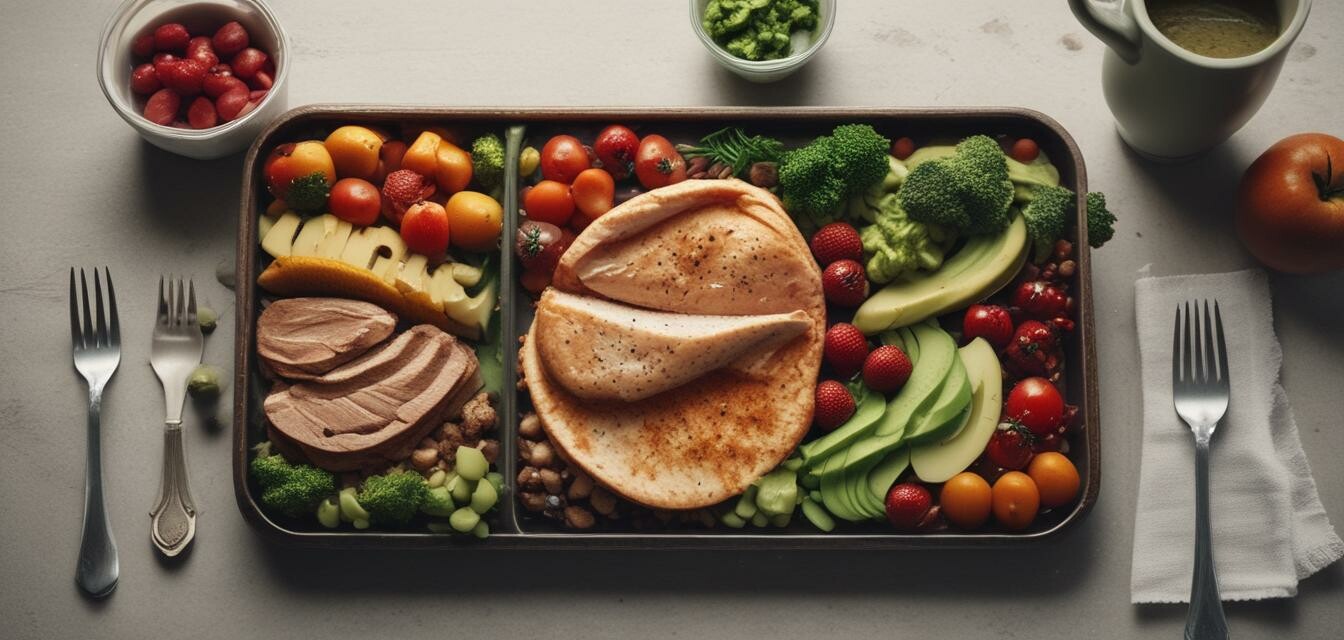
For more information on healthy meal planning and portion control, check out our Healthy Meal Plans and Kitchen Essentials pages. Additionally, consider incorporating mindfulness and relaxation techniques to help you stay on track with your weight loss journey.
Remember, managing portion sizes is a journey, and it may take some time to adjust. But with the right strategies and tools, you can achieve your weight loss goals and maintain a healthy, balanced lifestyle.
